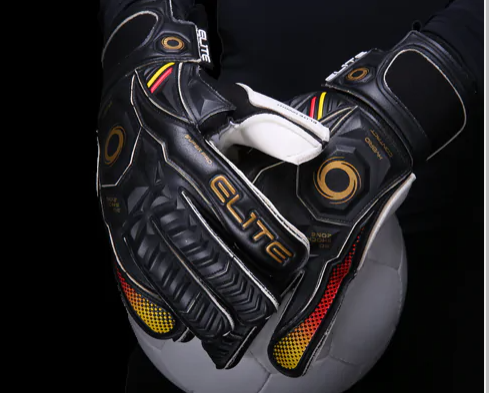Goalkeepers are the last line of defense on the soccer field, and their choice of gloves can make all the difference between a save and a goal. Among the critical aspects of goalkeeper gloves, the palm is perhaps the most crucial. In this comprehensive guide, we'll delve into the world of palm gloves, exploring their types, materials, and factors to consider when selecting the perfect pair to maximize your performance.

The Significance of Palm Gloves
Palm gloves are the heart and soul of a goalkeeper's arsenal. They are the primary point of contact with the ball, serving two critical functions:
-
Grip: The palm of goalkeeper gloves is specially designed to provide an exceptional grip on the ball. This grip is crucial for catching, punching, and controlling the ball during play.
-
Protection: In addition to grip, palm gloves offer protection against impact and abrasions, safeguarding the goalkeeper's hands during dives, saves, and collisions with opponents.
Types of Palm Gloves
When it comes to palm gloves, there are two main types to consider:
-
Roll Finger Cut: In roll finger cut gloves, the latex on the palm wraps around each finger and is attached to the backhand. This design offers a snug and secure fit, maximizing contact with the ball and grip. Roll finger gloves are popular among goalkeepers who prioritize a secure grip.
-
Flat Cut: Flat cut gloves have a flat palm design, with latex gussets stitched to the backhand. This cut provides a roomier fit and is often more breathable. Flat cut gloves are favored by goalkeepers who prefer comfort and flexibility.
Palm Materials
The material used for the palm of goalkeeper gloves significantly impacts their performance. Here are the most common palm materials:
-
Latex: Latex is the standard material for the palm of goalkeeper gloves. It offers excellent grip and ball control. However, latex can vary in quality, durability, and grip. Look for gloves with high-quality latex for the best results.
-
Hybrid: Some gloves feature hybrid palms that combine latex with other materials, such as foam or silicone. These hybrids aim to provide a balance between grip, durability, and weather resistance.
-
Contact Foam: Contact foam is a type of latex known for its superior grip, especially in wet conditions. Goalkeepers who play in rainy or wet environments often prefer contact foam palms.
Factors to Consider When Choosing Palm Gloves
When selecting the right palm gloves, consider the following factors:
-
Fit: Choose gloves that fit snugly but comfortably. Avoid gloves that are too tight, as they can restrict movement and affect grip.
-
Cut: Decide between roll finger and flat cut gloves based on your preference for fit and feel. Try both to see which suits your playing style better.
-
Latex Type: Pay attention to the type of latex used in the palm. Different latex types offer varying levels of grip, durability, and performance in different weather conditions.
-
Playing Conditions: Consider the climate and playing conditions you typically encounter. Gloves with weather-specific features, such as cold-weather insulation or wet-weather grip, can be advantageous.
-
Budget: Goalkeeper gloves come in various price ranges. While high-end gloves offer premium features, there are quality options available at lower price points.
-
Brand and Reviews: Research reputable goalkeeper glove brands and read reviews to ensure you're investing in a quality product that aligns with your needs.
Choosing the right palm gloves is a crucial decision for goalkeepers. These gloves not only impact your grip and performance but also protect your hands from potential injuries. By understanding the types of palm gloves, materials, and the factors to consider, you can make an informed choice that enhances your ability to make those game-changing saves. So, invest in the right palm gloves and elevate your performance as the last line of defense on the soccer field.

